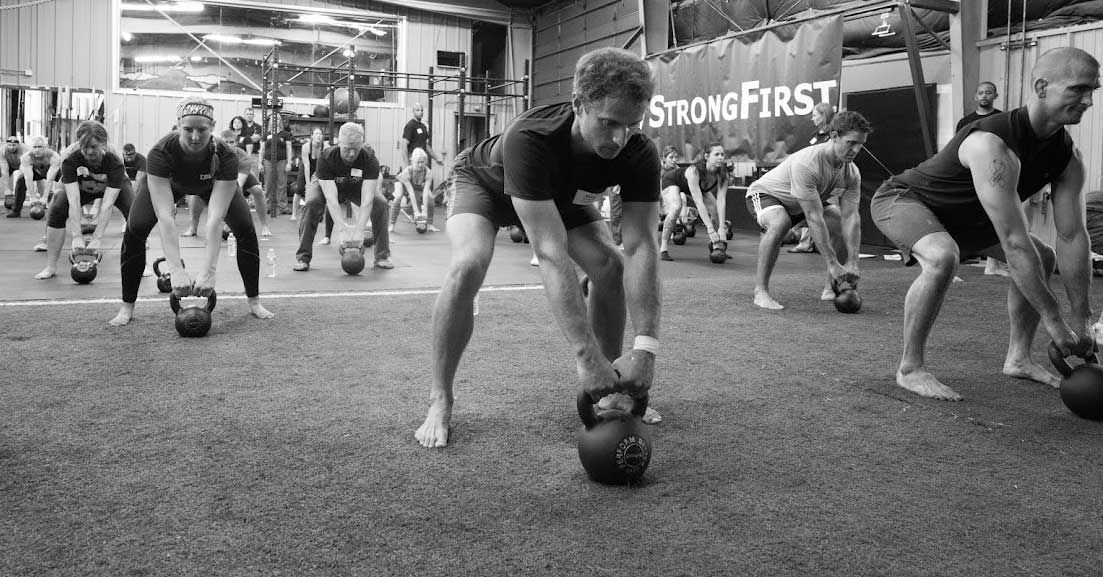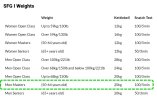Steve W.
Level 8 Valued Member
I probably shouldn't have even mentioned GS because it always opens up a can of worms. However, one of my pet peeves with hard style is the high wall it builds between itself and GS. Whereas with powerlifting or Olympic lifting, SF is happy to synthesize effective competitive techniques for more generalized training, with GS it's dismissed as "just not what we do."GS on the other hand has a different way of returning the bell overhead and absorbing the weight on the way down, so I think it is probably much more forgiving to some rotation if you are absorbing the weight to do so. That is my unscientific observation. And I will note that I have no issues with GS, I find it very interesting to watch and have nothing but respect for the things they are able to accomplish. I just believe that if you are going to rotate some, it is probably best to follow the prescribed technique and not try to mix the two. But I could very well be wrong.
I only mentioned GS to show that some shoulder rotation is perfectly commonplace and unproblematic in the wider world of kettlebell snatching, and therefore insisting on eliminating it (which I am still unconvinced is even possible, much less desirable) is a specific choice and one which I don't agree is justified. It's not that I think it is bad to TRY to keep the shoulders square or that there might not be reasons to do so. It is that I don't think it is necessarily bad technique to have some rotation, or necessarily a fault that needs correction.
My basic technique is rooted (pun intended) in hard style, and I was RKC certified and recertified when Pavel was there (and personally present at both certs), so I am well-acquainted with hard style technique. Conversely, I have NOT specifically trained for or competed in GS, nor been coached in GS technique. However, I have studied a lot of GS videos and tutorials, and experimented with integrating aspects of GS technique into a hard style context. And I don't consider a degree of shoulder rotation to be at all incompatible with hard style, the way (for instance) the double knee bend pendulum is incompatible.
Kettlebell Snatches and torso rotation
Here is the title of a thread that already discussed this in pretty good amounts.
On that other thread (here's the link: Kettlebell Snatches and Torso Rotation) , it was pointed out that in the SFG technique demonstration video, Zar Horton is not perfectly squared up in his snatch demonstration. There are attempts to explain this away as only a small amount, evidence that no one is perfect, that "the rotation is across the shoulders and does not travel down the rest of the spine" (which, yes, we're discussing rotation of the shoulders), or that the shoulder is "lower," but somehow not rotated. These all strike me as dubious rationalizations.


